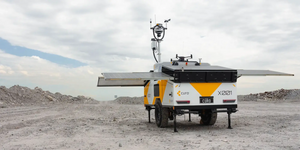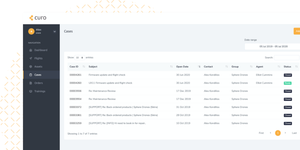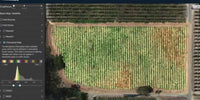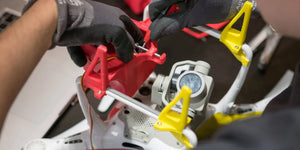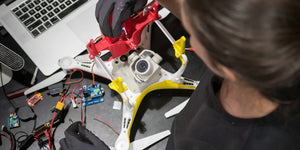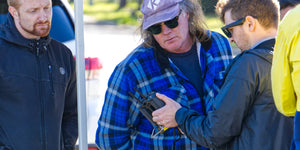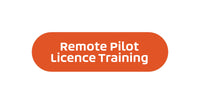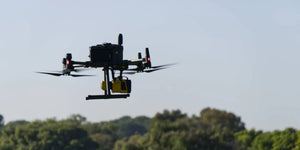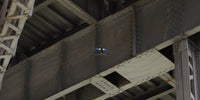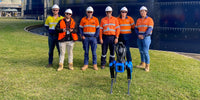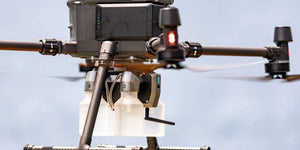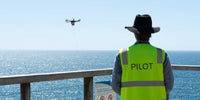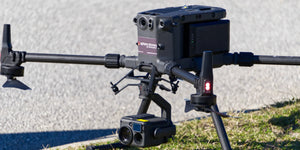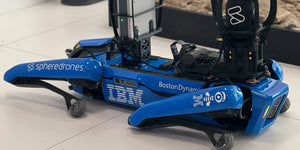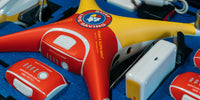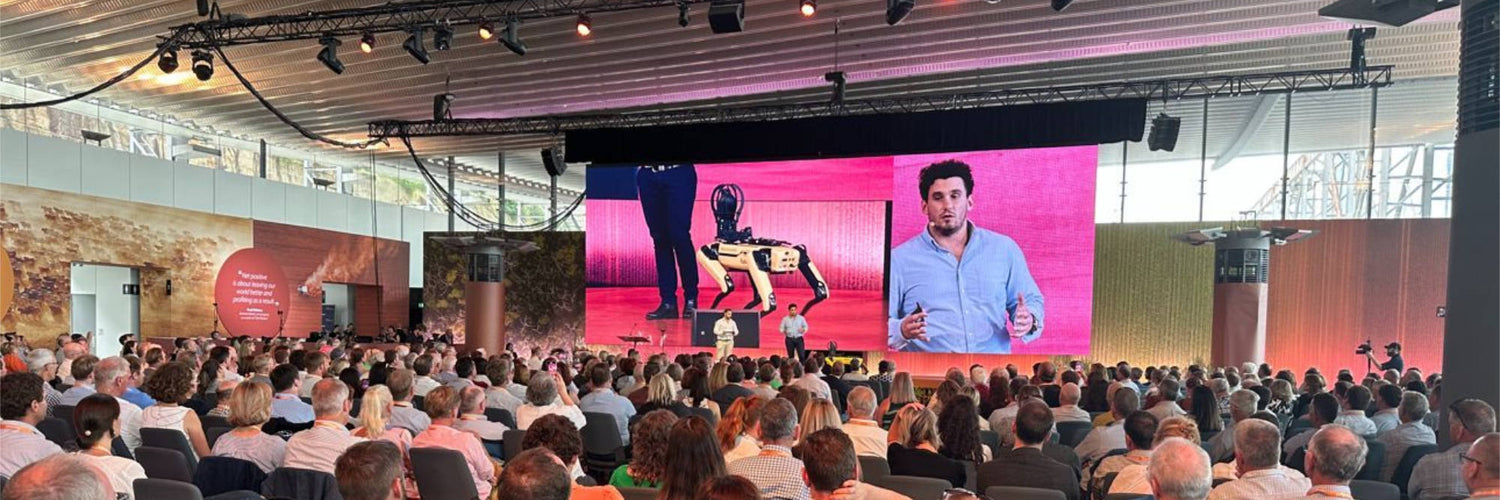Late last month, Sphere Drones CEO, Paris Cockinos and Account Executive, Steven Kassiou presented a keynote on "What’s happening in the world of AI / Robotics / Drones" at Rabobank Australia Farm2Fork 2023 Summit.
Paris spoke about the potential of drones, robots, and AI in the agricultural sector, and how these technologies are changing the way farmers operate. Steven went on to give the audience a live demo of the Boston Dynamics Spot robot dog and challenged them to come up with ways the robot can transform farms today.
Advantages of drones in agriculture
One of the main advantages of drones and robots is that they can perform tasks that are too difficult, time-consuming, or dangerous for humans. For example, drones can be used to monitor crops and livestock, survey land, and map terrain.
They can also be equipped with sensors and cameras to collect data about soil conditions, temperature, humidity, and other environmental factors. This data can then be processed using AI algorithms to provide farmers with insights about their crops and livestock, and help them make better decisions about irrigation, fertilisation, and pest control.
“Imagine a world where the average Australian farmer was given 78 days of their year back, not spending them completing mundane paddock tasks.” - Sphere Drones CEO, Paris Cockinos
The introduction of AI
As touched on above, one of the key drivers of innovation in drones and robots is the use of AI algorithms to process data and enable these devices to make decisions autonomously. Machine learning algorithms can be trained on large datasets to recognise patterns in the data and make predictions about future outcomes. For example, an AI algorithm can analyse drone imagery to detect changes in crop health, and then alert farmers to potential problems. Similarly, an AI-powered drone can analyse images of a field to identify weeds and then selectively apply herbicides to control them.
“Today drones have the capability of spraying 22ha and spreading 2 tonnes per hour. Over the coming years, this will be 5x inline with longer flight times and more weight baring capacity." - Sphere Drones CEO, Paris Cockinos
By 2030, it is estimated that there will be over 30,000 drones in the Agri sector, accelerating faster than any other industry in Australia. However, there are also challenges that need to be addressed in order to fully realise the potential of these technologies.
For example, regulations around the use of drones and robots need to be developed to ensure safety and privacy. There is also a need for greater connectivity in rural areas to enable drones and robots to communicate with each other and with central systems.
Get in touch with our team today to find out more and get automated drone solutions integrated into your business today!
